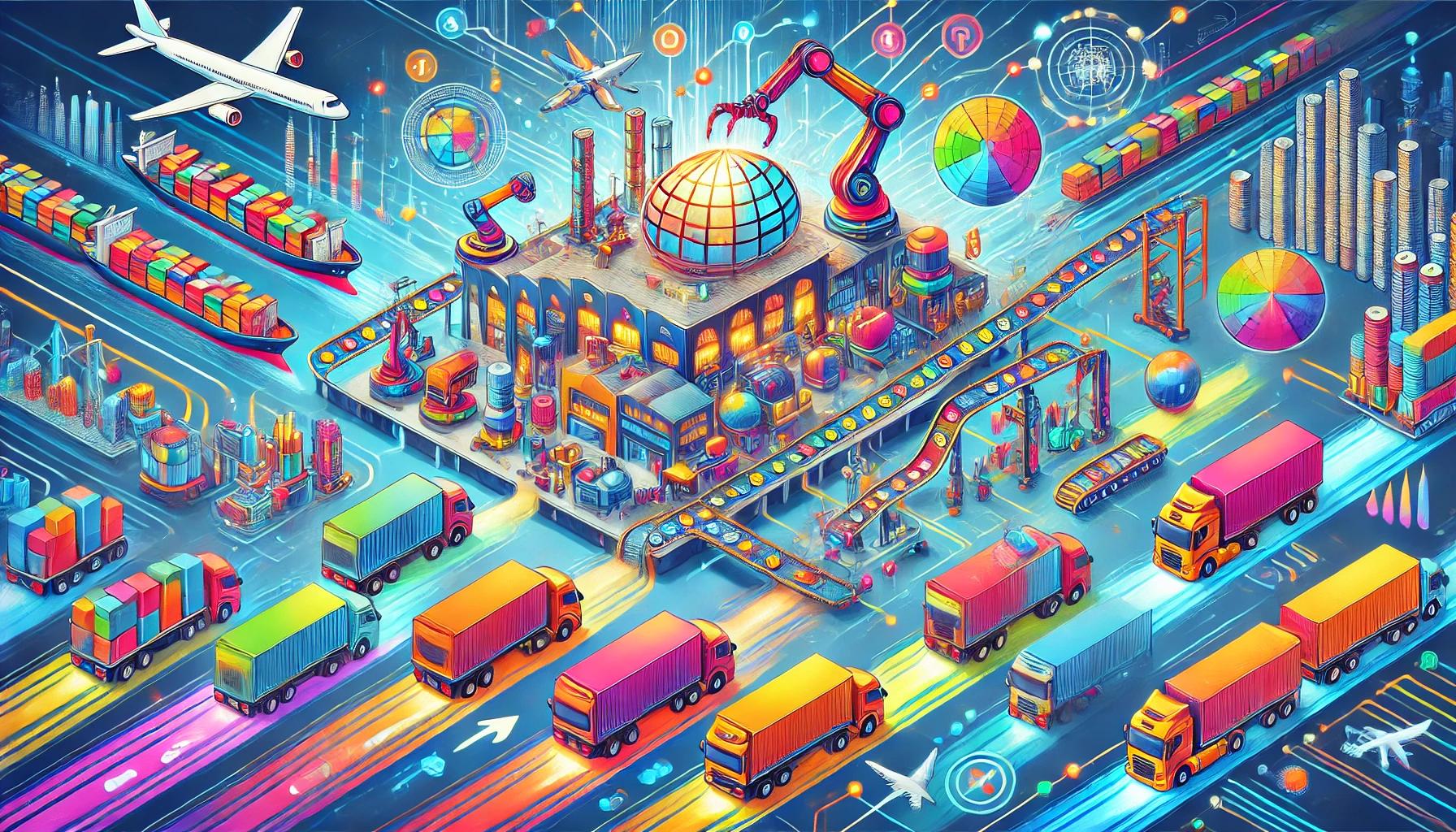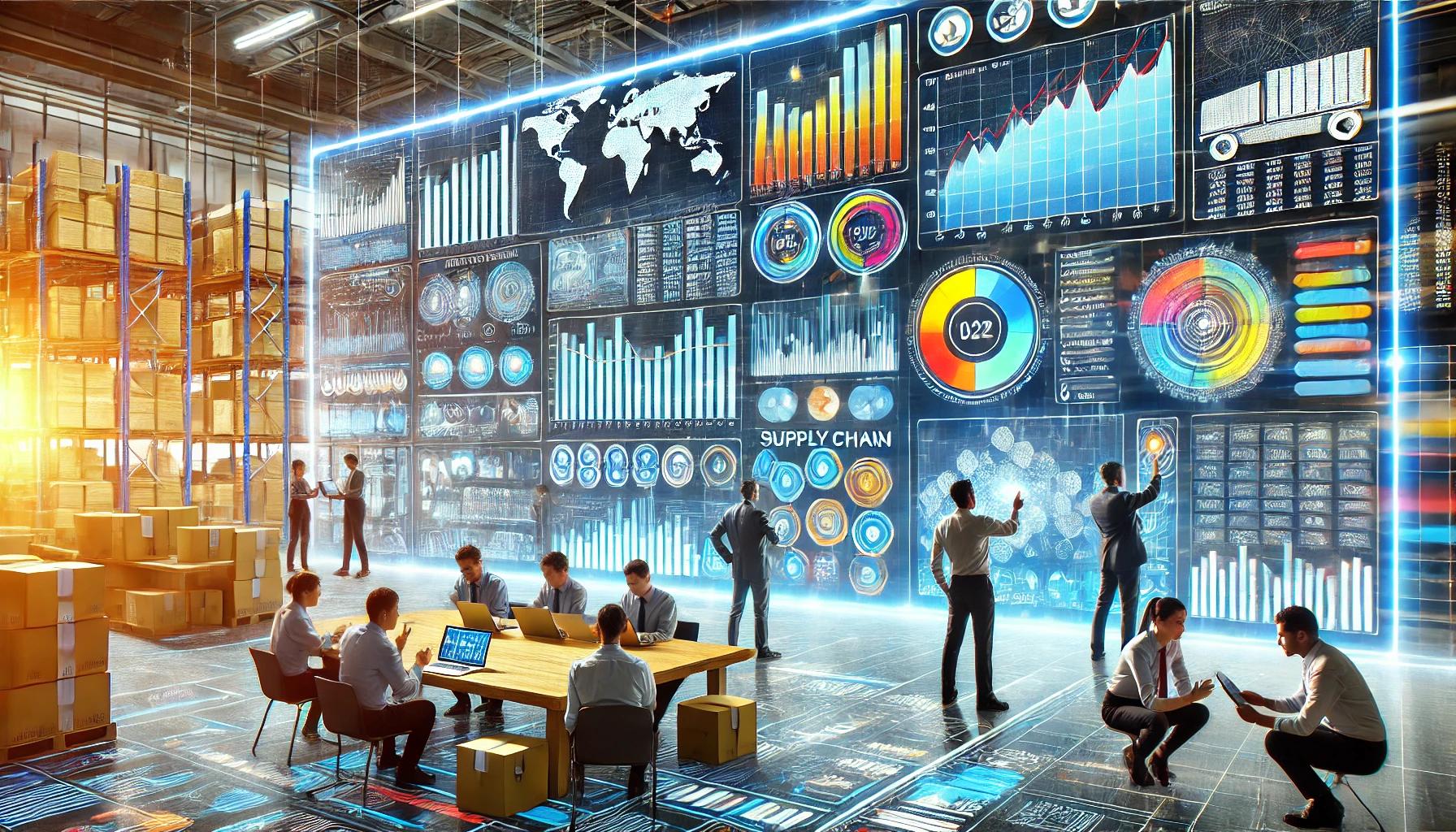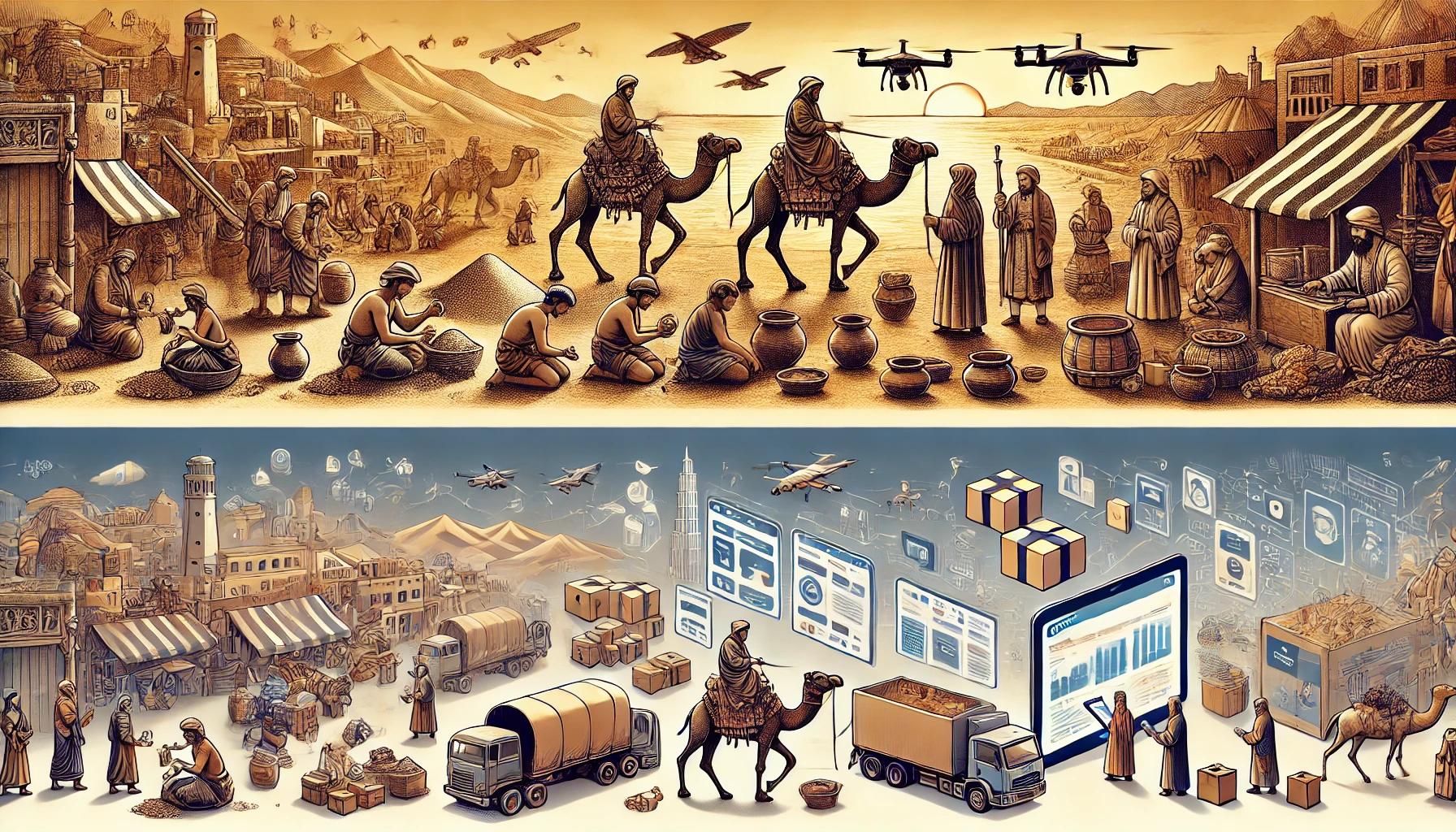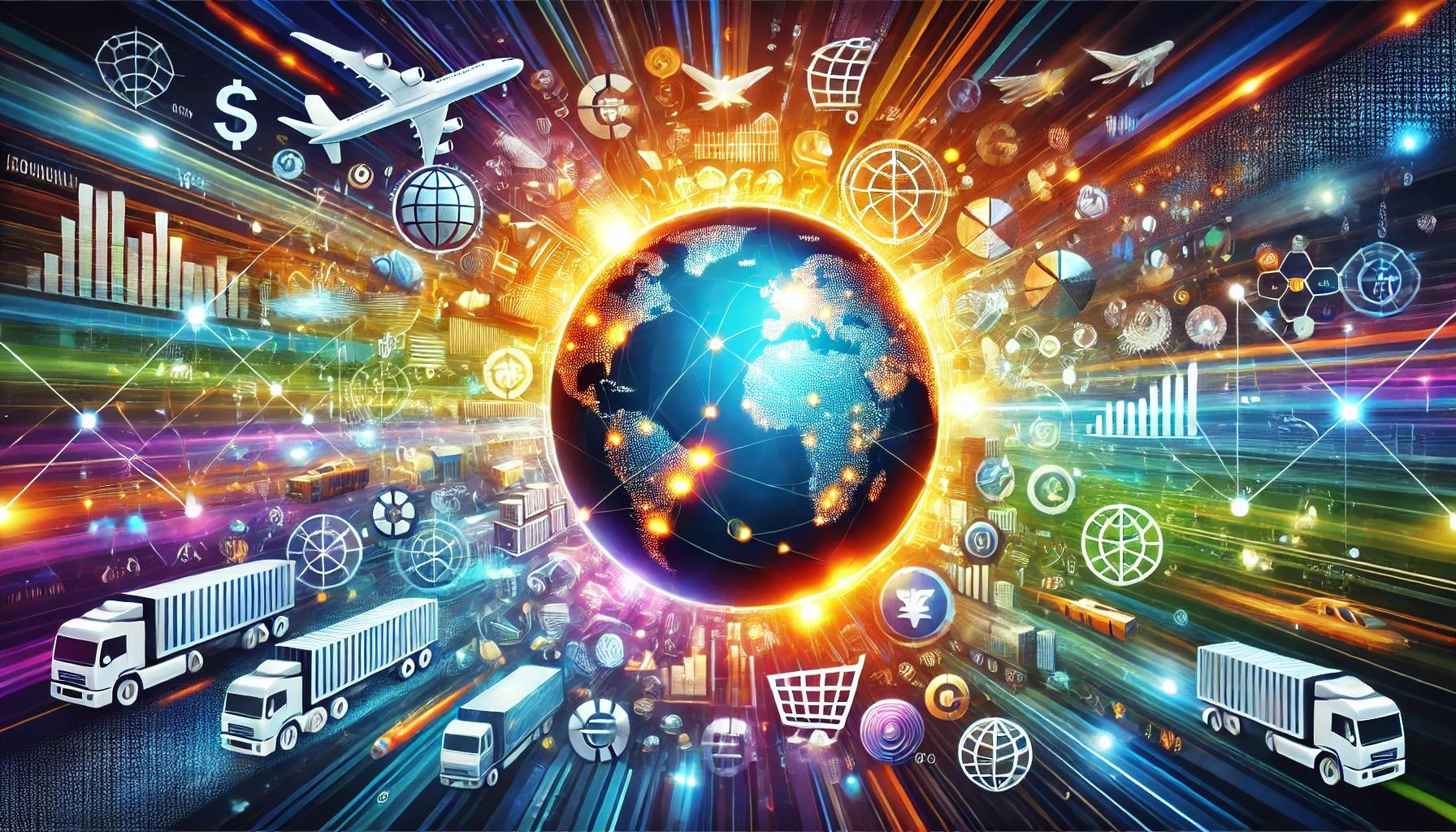Logistics and Supply Chains in Trade: How Efficient Logistics Helps Business Success
In today’s world of trade, logistics and supply chains play a key role. They ensure the seamless movement of goods from manufacturers to consumers and impact the success of businesses at all levels. Companies that effectively manage their logistics processes gain a significant competitive advantage by reducing costs, speeding up deliveries, and improving customer service. In this article, we’ll explore how efficient logistics contributes to business success and what practical solutions can help companies improve in this area.
What are Logistics and Supply Chains?
Logistics involves the planning, execution, and control of the movement and storage of goods, services, and information from the point of origin to the final consumer. Supply chains, on the other hand, cover all stages from product production to delivery to the customer, including raw material management, manufacturing, warehousing, and transportation.
Effective logistics and supply chain management reduce costs, minimize losses, and improve the customer experience, ultimately increasing a company’s profitability. Companies that implement advanced supply chain management practices can quickly respond to changes in demand, avoid delays, and ensure high service quality.
The Importance of Logistics for Business Success
Reducing Operational Costs
One of the main goals of efficient logistics is to lower transportation and storage costs. Successful companies use route optimization, warehouse automation, and analytical tools for inventory management. According to research by Gartner, companies that implement supply chain management systems can reduce their costs by up to 15-20% .
Speeding Up Delivery
Fast delivery has become an increasingly important success factor in trade. Consumer expectations continue to rise, and many customers now expect products to be delivered within days or even hours. Companies like Amazon have made delivery speed one of their main competitive advantages by implementing warehouse technologies and efficient transportation solutions, such as drones and robotic warehouses .
Increasing Business Flexibility
Flexibility and the ability to quickly adapt to changes in demand are essential aspects of successful logistics. Efficient companies can swiftly alter their logistics strategies in response to market fluctuations. During crises such as the COVID-19 pandemic, businesses that quickly reorganized their supply chains managed to maintain their competitiveness .
Improving Customer Experience
Well-organized logistics contribute to better customer service. On-time deliveries, minimal delays, and clear information about the order status are what customers expect from modern businesses. According to McKinsey, over 70% of consumers are willing to return to a company if they had a positive purchasing and delivery experience .
Sustainability and Environmental Impact
Sustainability is becoming an increasingly important factor for consumers and businesses alike. Companies optimizing their supply chains by reducing carbon emissions, minimizing waste, and using renewable energy sources can not only cut costs but also improve their reputation among eco-conscious customers .
Practical Tips for Improving Logistics
Automation of Processes: Using software solutions for inventory management, warehouse automation, and drones for inventory tracking can significantly speed up processes and reduce costs.
Integration of Modern Technologies: Implementing IoT (Internet of Things), machine learning, and blockchain technologies allows companies to better track goods movement, predict demand, and prevent supply chain disruptions.
Using Data for Decision-Making: Modern logistics and supply chain management systems collect vast amounts of data, which can be used to analyze and optimize processes. Investing in analytics can improve demand forecasting accuracy and inventory management .
Route Optimization: Using algorithms to calculate the most efficient delivery routes can significantly reduce fuel costs and delivery times.
Adaptive Inventory Management Strategies: Real-time inventory management methods help maintain optimal stock levels, avoiding both overstocking and shortages.
Conclusion
Logistics and supply chains play a critical role in the success of trading companies. Optimizing these processes enables businesses not only to reduce operational costs but also to enhance customer service, speed up delivery, and increase business flexibility. The use of modern technologies, such as automation, data analytics, and innovative transportation solutions, offers new opportunities for growth and efficiency improvement.
In the face of global competition and rising consumer expectations, companies that can effectively manage their logistics will have a significant competitive advantage in the marketplace.
Sources:
- Gartner: Supply Chain and Logistics Report
- McKinsey: Analysis of Modern Logistics Trends
- Harvard Business Review: How COVID-19 Changed Supply Chains
- Amazon and Logistics Innovations: Amazon Innovations
- McKinsey: Sustainability in Supply Chains


.jpeg)

